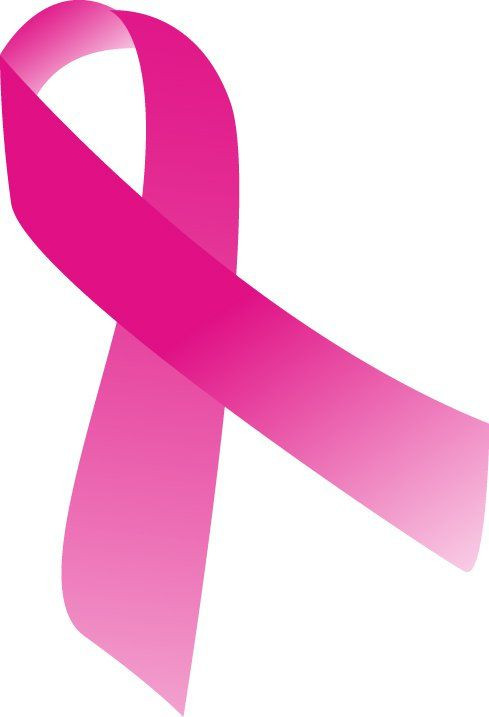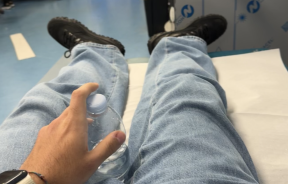Rural Women at Greater Late Stage Breast Cancer Risk

A study by a researcher at the University of Missouri has found that rural women are more likely to be diagnosed with late stage breast cancer than women living in cities.
“The stage at which the cancer is diagnosed has a tremendous impact on the type of treatment, recovery and survivability,” said Faustine Williams, a doctoral student in the Department of Rural Sociology.
“Finding ways to identify and treat breast cancer sooner are keys to increasing survivability.”
While cancer has been linked to industrialized cities, a study finding that rural women are more likely to be diagnosed with late stage breast cancer raises a question about why.
The inconvenience of travel and time has a lot to do with it.
Williams found that women who travel 50 to 75 miles to a healthcare facility are 10 percent more likely to be diagnosed with late stage breast cancer.
Women in the countryside are less likely to seek preventative treatment and testing due to the high cost and time necessary, which increases their risk of finding out about the disease when it’s closer to being fatal.
Women living in cities have more healthcare facilities and breast cancer screening programs available to them at nearby locations.
“In some cases women in rural areas must spend an entire day seeking routine medical treatment,” Williams said.
Many states offer free breast cancer screening programs, however, programs can be improved to better serve women in rural areas, according to the MU release.
Williams recommends that Missouri should make changes to the Show Me Healthy Women Program (SMHW), a free breast and cervical cancer screening program for Missouri residents.
Currently, to receive a free screening, women must meet a certain, income, and insurance guidelines. There are 180 facilities throughout the state but they are unevenly distributed and several rural countries don’t have a single facility.
Williams advises programs like SMHW to make facilities more accessible to women in rural areas.
Mapping Patients, Screening Facilities
Williams analyzed data from the Missouri Information for Community Assessment.
She used mapping software to pinpoint the location of patients with each stage of breast cancer and did the same for locating the nearest screening facility.
Then, she calculated the distances from patients with each cancer stage to the nearest screening facilities.
“By strategically placing health screening facilities in poor and rural areas, women would have better access to health care and it would increase the likelihood that rural women would seek medical care and be diagnosed with breast cancer earlier,” she said.
Out of the 55,182 female breast cancer cases reported in Missouri between 1996 and 2007, 31 percent, were diagnosed as late-stage cancer patients.



























